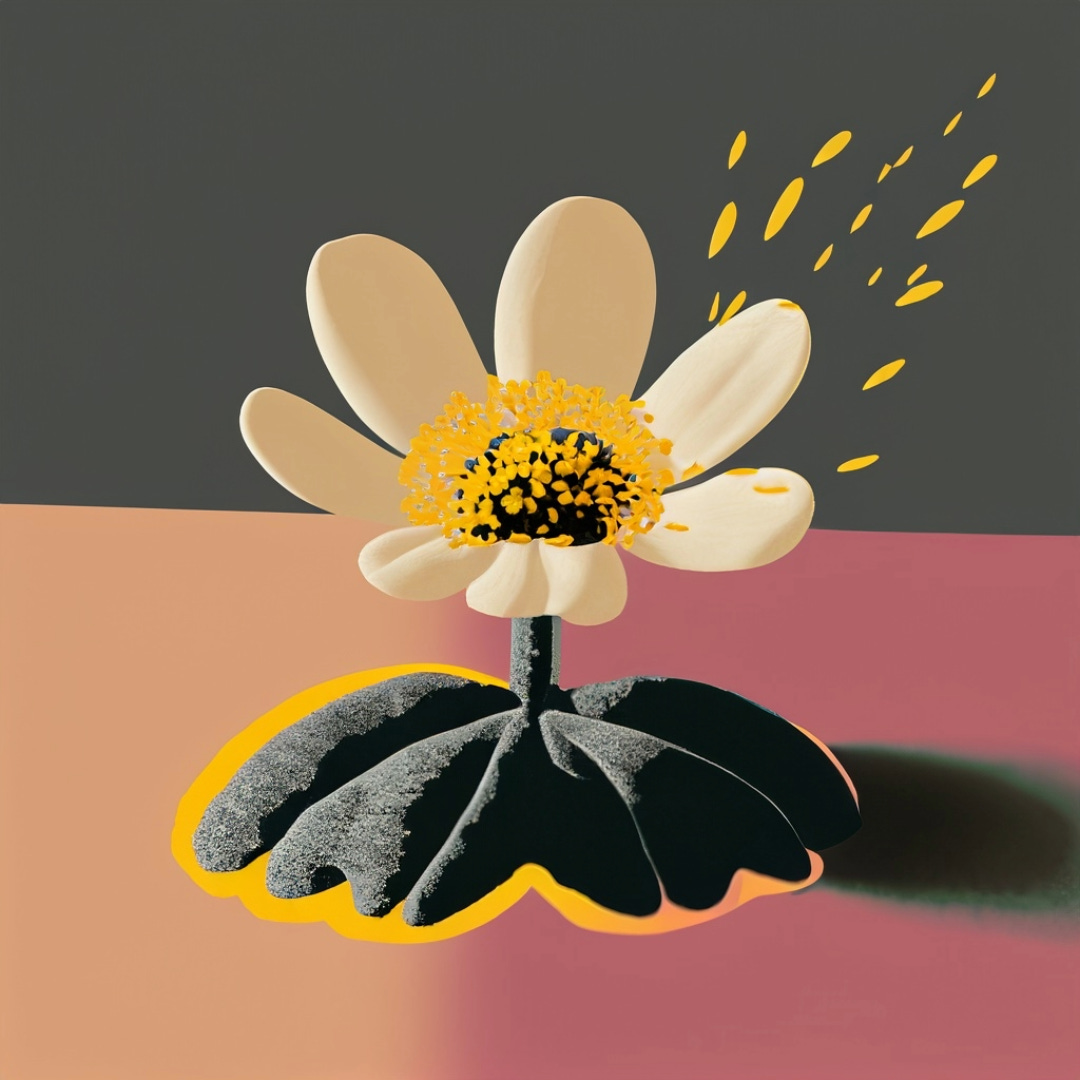**Achoo** ... Allergies and AI
Hello, my good human! I am Lefteris and this is my newsletter from the world of science and academia. You can subscribe by pressing this sexy little button below
Let’s jump into today’s story…
Every spring, my brother would have (what looked like) a miserable time when we had to walk on a road that had poplars. A specific kind of tree that would cause an allergic reaction to him. Due to this, he would need to go to the pharmacy and get some pills and eye drops. For some reason, maybe I was weird, I was jealous of that. Maybe it was the attention he would get? Maybe it was the fact that the pills and eye drops would come in nice coloured boxes and I was assuming that they would taste good. I really don’t know when my mentality shifted and realized that he was not having a good time during those allergic reactions.
But it eventually did change and I started feeling sorry for him and feeling grateful that I didn’t have these allergic reactions. Until a couple of years ago when I had to start getting some antihistamines as well. Nothing too extreme but I am a little bit allergic to a furry friend I have at home. I brought this on myself but… look at him
In the last year or so, however, other things have started affecting my allergies and they’re getting a bit more intense. And it got me thinking… how many people are affected by respiratory allergies? Turns out that over 400 million people suffer from allergic rhinitis around the world, which to a large extent remains underdiagnosed and underrated. [source] It is always allergy season somewhere (hi people in the other hemisphere!) and this week the work we’ll be talking about links allergies with Artificial Intelligence. We’ll see how scientists in South Africa are using AI to detect and classify pollen spores in real-time in order to create a forecast of these bioaerosols that trigger these illnesses.
Counting pollen one by one
The current state of technology for creating these pollen forecasts they did lots of manual work. Air samplers would capture a volume of air from the environment which would collect particles in an adhesive tape. This tape would be then analyzed under a microscope by an expert. As you can understand this process is cumbersome and not easily scalable.
Scientists from the University of Cape Town’s Lung Institute have worked on a new method using AI and a technology called flow cytometry to make this process easier. This process measures the size, count, shape and structure of a cell and can be used to identify and categorize pollen with incredible accuracy and speed.
ot only does AI provide a comprehensive picture of pollen in the present, but it can also help model historic environmental changes. By analyzing pollen grains trapped in sediment cores from lakes, scientists can uncover which plants were thriving throughout history, going back thousands to millions of years. The applications of this technology are limitless, transforming research across various fields and boosting scientific productivity.
Excitingly, two AI counters have already been set up in Pretoria and Kimberley, with two more coming soon in Cape Town and Durban. Bloemfontein and Johannesburg will join in the fun in the next few weeks!
Here’s how the whole system works. The AI counter functions similarly to a traditional spore trap, but with a twist. Instead of just collecting pollen on adhesive tape, it takes a photo of the pollen grains. From there, the AI takes over! The AI has been trained on a vast dataset of images to recognize and classify individual pollen grains on the sticky tape. To ensure accuracy, a conventional trap will be placed alongside the AI counter for validation. Once the AI is trained to recognize South Africa's indigenous pollen grains, it will be able to classify species rapidly. Common allergens like grass, plane, cypress trees, and fungal species such as Alternaria, Aspergillus, and Cladosporium will be a piece of cake for the AI to identify.
Why is this so important? Well, pollen counts can be challenging to predict, especially during the spring when they are at their highest, and the weather changes daily. But with real-time, reliable pollen readings, forecasting will significantly improve. This means that hay fever sufferers can better manage their symptoms.
The El Niño weather phenomenon is expected to make its way to South Africa later this spring, and it could influence the timing and severity of this year's allergy season. If by any chance you are reading this and live in South Africa, you can see pollen counts per region in the website pollencount.co.za. In case you want to read more about this application and the technology you can read the article from The Citizen by clicking here.
Any more news?
People in academia are constantly coming up with new and exciting things so if you need more to quench your curiosity here are some more headlines.
Novel biomaterial delivers medication directly to fish gut, by EurekaAlert
How sharing global water data can prevent catastrophes, by The Business Standard
What HIV does to your brain — and how ARVs halt that, by Bhekisisa
Don’t Forget: What to do with all the coffee pods?
That’s all for this week! I hope that the rest of the week will be calm and rewarding. Did you like this newsletter? If you did you can subscribe to it at the top of the page and why not share it around using this sexy little button here
Also, if you’d like to offer any financial support it would be greatly appreciated if you just visit my Patreon page here





